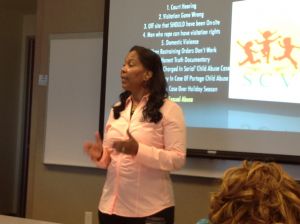| · DO acknowledge that you are angry. It is important that you know how to recognize that you are angry, and give yourself permission to feel it. |
| · DO calm yourself before you say anything. In the previous discussions, we saw how there is a biological reason why anger can feel overwhelming — our body is engaged in a fight or flight response. It helps then to defer any reactions until you have reached the return to normal/ adaptive phase of the anger cycle. |
| · DO speak up, when something is important to you. This is the opposite to ‘keeping it all in.’ If a matter is important to you, so much so that keeping silent would just result in physical and mental symptoms, then let it out.DO explain how you’re feeling in a manner that shows ownership and responsibility for your anger. Take ownership and responsibility for your feelings. This makes the anger within your control (you can’t control other people).
|




Follow Us!